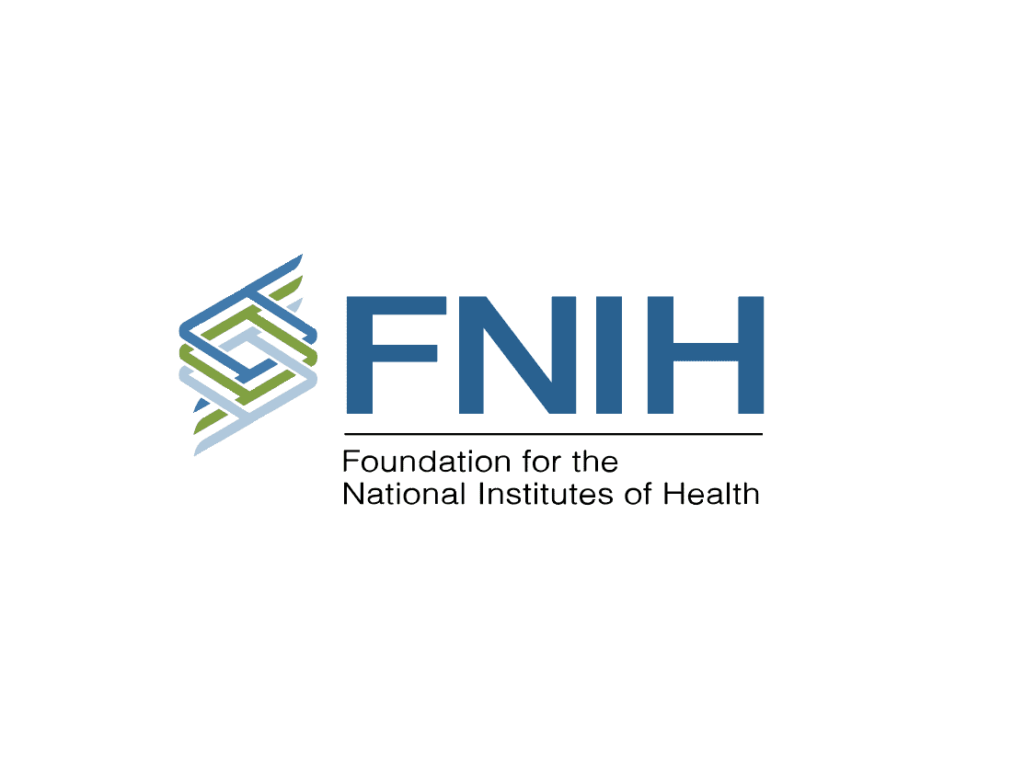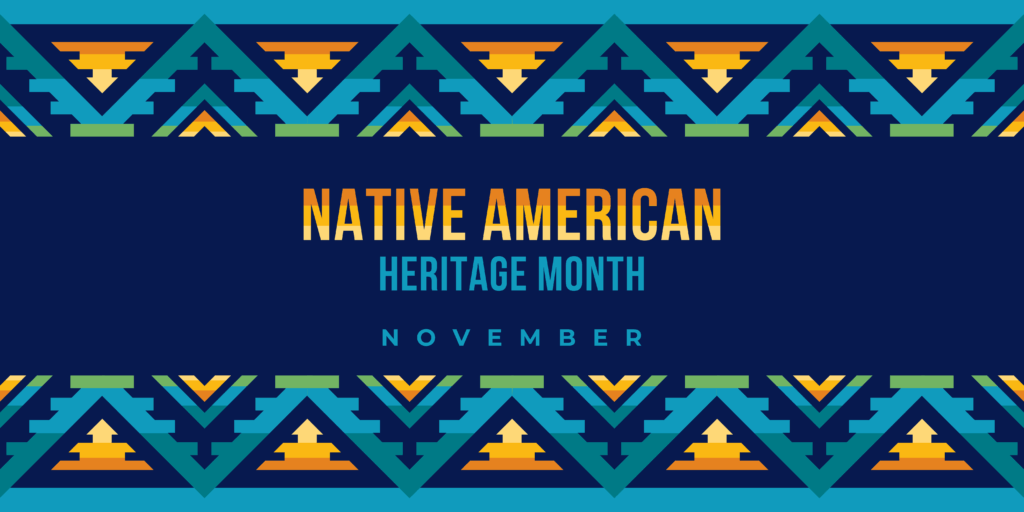

GUEST BLOG: VEDS Action Month in October
By: April Dawn Shinske, Chief Communications & Marketing Officer, The VEDS Movement
Jenny Paquette of Florida, whose 12-year-old daughter – Natalie – lost her life due to aortic dissection as a result of undiagnosed Vascular Ehlers-Danlos Syndrome (VEDS), still thinks about what might have been, nine years after her daughter’s tragic passing.
“I will always wonder if there would have been a better outcome if the doctors at the hospital had known about VEDS,” she says.
VEDS Action Month is inspired by the legacies of people like Natalie and stories of community members like Jenny who want to ensure that everyone knows the signs, gets diagnosed as early as possible, and experiences the medical monitoring necessary to ensure optimal quality of life and longevity.
That’s why the VEDS Movement, a division of The Marfan Foundation, has created a one-stop resource site where everyone can learn and share the facts about VEDS, find emergency preparedness materials, educate themselves to make hospital stays safer, and foster connection.
The Movement is also hosting a webinar on October 21: “VEDS EMERGENCIES: Know When to Go and What to Say” with Drs. Shaine Morris and Rob Pena. Expert speakers will guide participants through recognizing critical emergency symptoms, making informed decisions about seeking treatment, and communicating effectively with first responders and emergency department staff.
VEDS is a genetic aortic and vascular condition that affects the body’s connective tissue. Connective tissue, which is made up of proteins, holds all the body’s cells, organs, and tissues together. It also plays an important role in helping the body grow and develop properly.
VEDS is caused by changes (or mutations) in the gene called COL3A1 that tells the body how to make collagen III, a protein found in connective tissue. These mutations can result in faulty collagen III throughout the body or a reduction in the amount of normal collagen III in the body, depending on the mutation type. Because collagen III is found throughout the body, VEDS can affect many different parts of the body, including the arteries, hollow organs, skin, and lungs. These systems can be prone to tear, which can be life-threatening.
Although VEDS is quite variable, people are often diagnosed when they have frequent bruising that is not explained by other causes and spontaneous bowel and arterial tears or ruptures. Some people have characteristic facial features, thin skin, and tissue fragility.
This year, the VEDS Movement celebrates five years of progress. In an interview with Med Journal 360, Dr. Hal Dietz calls the years ahead vs. the knowledge-base that was available regarding VEDS when the Movement was founded a “VEDS Renaissance” wherein scientific understanding of the condition and resultant treatments will deepen and provide hope grounded in reality.
Chris Underwood, who lives with VEDS and learned he had the condition following an aortic dissection, says that despite the harder moments, he stays positive. “I honestly do believe that tomorrow will be better.”
The Marfan Foundation is a member of the National Health Council (NHC). For more information about NHC membership, click here.


